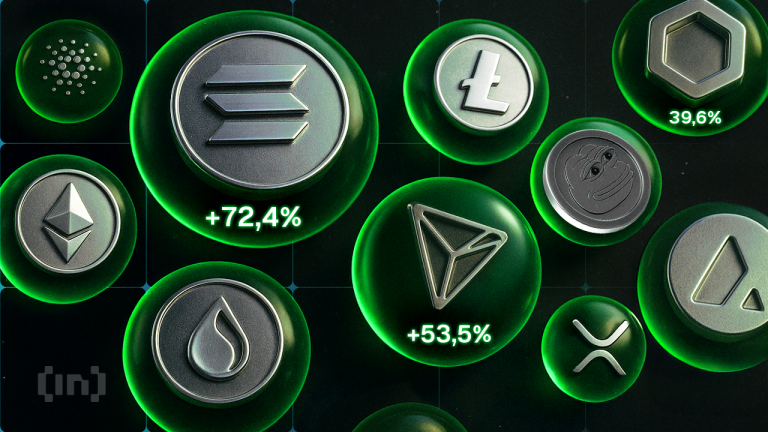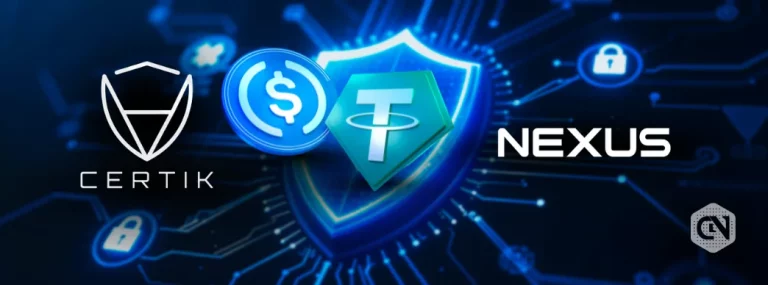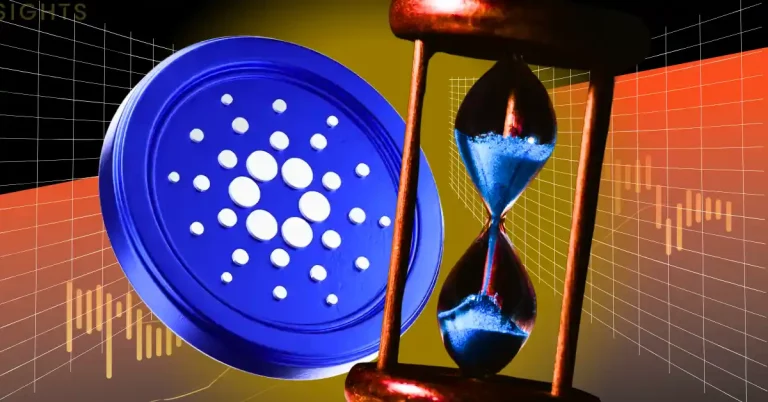In a rapidly evolving world where sustainability meets cutting-edge technology, blockchain-based tokenization of green assets is emerging as a game changer. By 2035, real-world assets (RWAs) are projected to reach a staggering $60 trillion market valuation, with green RWAs anticipated to be a significant force in the global shift toward environmental sustainability. Currently, tokenized green assets represent less than 1% of global climate assets, highlighting a massive growth opportunity for forward-thinking investors.
Why Green RWAs are the Future of Climate Tech
The regulatory landscape across the globe, particularly within the European Union, is setting the stage for exponential growth in carbon trading. For instance, compliance schemes like the EU’s Emissions Trading System and the upcoming Carbon Border Adjustment Mechanism are primed to boost demand for carbon credits, driving unprecedented investments in green assets.
Despite hurdles like supply bottlenecks and verification issues, blockchain technology is paving the way for a smoother transition. Tokenization enhances transparency, efficiency, and liquid trading of green assets, eliminating many barriers faced by traditional environmental investments. Think of initiatives like Dimitra, which uses blockchain and AI to empower smallholder farmers in Brazil’s Amazon and Mexico with direct investments and competitive returns of 10-30% annually.
Game-Changing Green Projects to Watch
Beyond agriculture, innovators like Liquidstar are creating groundbreaking ecosystems aligning sustainability with profitability. Their waypoint stations enable e-mobility, charge batteries, and provide essential resources like atmospheric water and internet connectivity to powerless communities. With projects in places like Jamaica, Liquidstar is a stellar example of how modern technology can uplift underserved populations while remaining eco-friendly.
Another emerging leader in the space is Pyse, introducing low-emission electric bikes to help delivery companies reduce their environmental footprint. Parallel to this, the UAE’s Ministry of Climate Change and Environment is spearheading blockchain-based national carbon credit registries to enhance transparency in carbon trading markets.
The Rising Demand for Carbon Credits
The Paris Agreement’s goal of capping temperature rises at 1.5°C has pushed the demand for carbon credits into overdrive. Article 6.4 of the agreement is instrumental, setting up a global carbon market for trading these credits by 2028. Moreover, countries like China, India, and regions like the EU are integrating stricter emission reduction targets into their national agendas, further fueling a spike in demand for investable green assets.
For example, the Voluntary Carbon Market (VCM) is already a $1.7-billion sector with annual growth projected at 25% over the next decade. By 2050, the carbon dioxide removal market alone could reach a colossal $1.2 trillion. Investors are also turning their attention to “climate bonds” and other tokenized sustainability assets, many of which are backed by blockchain to ensure transparency and scalability.
The Blockchain Advantage: Unlocking Green Potential
Blockchain is revolutionizing green investments by creating trust and synergy where they were previously absent. Through tokenization, assets like carbon credits, biodiversity tokens, and renewable energy certificates are now far more accessible to global investors. This shift can unleash billions of dollars into the green financing sector, helping bridge the gap between the world’s sustainability goals and investment requirements.
Brands like Solax Power, a leader in solar energy solutions, are also leveraging blockchain to build trust and efficiency in the green energy market. Their innovative products help eco-conscious homeowners and businesses invest in renewable energy with confidence while aligning with global sustainability initiatives.
The Road Ahead for Tokenized Green Assets
While challenges such as policy alignment and technical barriers remain, progress is undeniable. The UAE, Saudi Arabia, and other nations are focusing aggressively on expanding EV infrastructure and renewable energy projects, driving immense demand for tokenized green investments. These governments are not only investing in solar parks and clean energy but also enabling blockchain innovation hubs to develop transparent climate solutions.
For innovators, consumers, and policymakers interested in the future of sustainability, blockchain technology offers an unparalleled chance to integrate profitability with environmental responsibility. As regulatory clarity improves and adoption accelerates, the green RWA market is well-positioned to expand from $2.1 trillion in 2024 to $5.6 trillion annually by 2030.
In conclusion, the intersection of blockchain and green assets is transforming the investment landscape. From advancing renewable energy projects to revolutionizing carbon credit markets, tokenization and transparency are unlocking the trillion-dollar potential of RWAs, ensuring a greener future aligned with robust financial returns.



